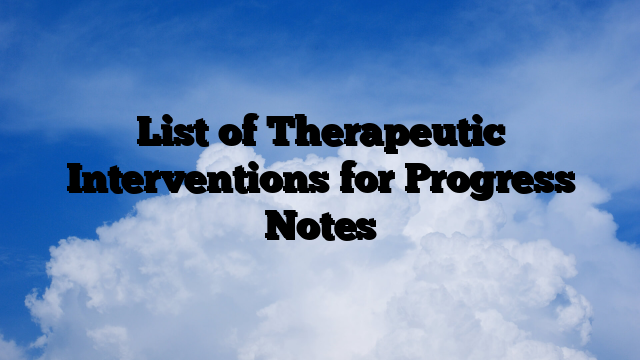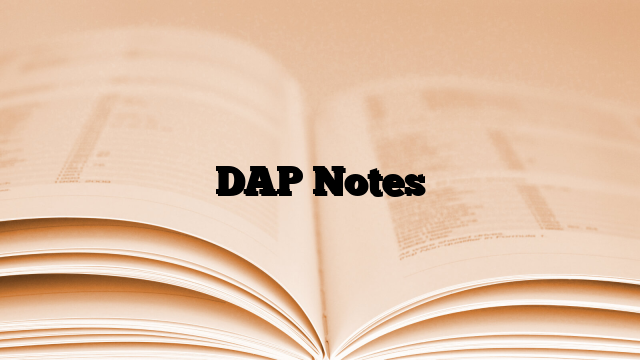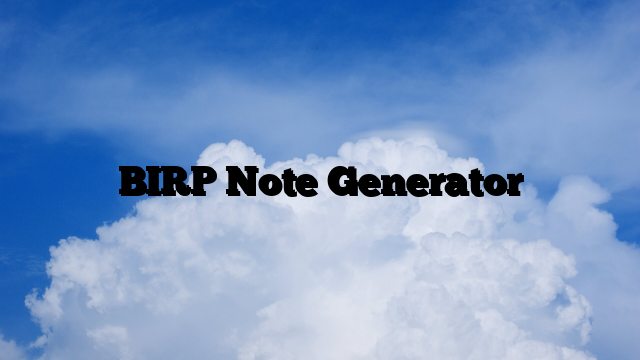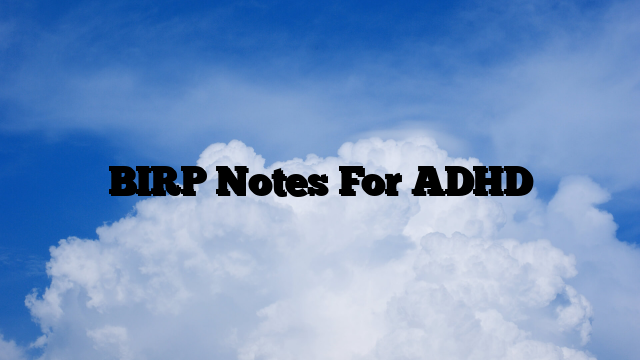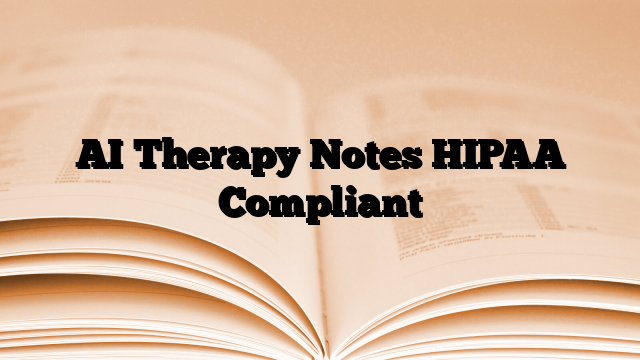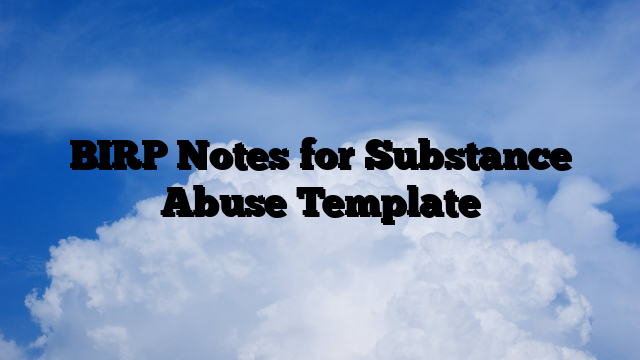Therapeutic interventions are deliberate actions, techniques, strategies, or approaches used by mental health professionals and therapists to help individuals, couples, families, or groups address and manage various psychological, emotional, behavioral, or relational issues. These interventions aim to improve a person’s well-being, promote personal growth, and enhance their overall mental health. Therapeutic interventions can be tailored to the specific needs and goals of each client or group and may draw from various therapeutic modalities and theories.
What Are Therapeutic Interventions in Progress Notes?
In progress notes for therapy or counseling, therapeutic interventions refer to the specific actions, techniques, strategies, or approaches that a mental health professional uses during a therapy session to help a client address their psychological and emotional issues. These interventions are documented in the progress notes to track the client’s treatment progress, provide a record of what occurred during the session, and guide future sessions. Here’s how therapeutic interventions are typically documented in progress notes:
- Description of the Intervention: The note should start with a clear and concise description of the intervention used during the session. This might include the name of the technique or approach, such as “Cognitive Behavioral Therapy (CBT),” “Relaxation Techniques,” or “Mindfulness Meditation.”
- Client’s Response: Document how the client responded to the intervention. Did they engage actively? Were there any noticeable emotional reactions or changes in behavior during or after the intervention?
- Goals and Objectives: If the intervention was part of a specific treatment plan or had predefined goals, note whether those goals were met, partially met, or not met. Mention any adjustments made to the goals as necessary.
- Client’s Insights and Reflections: Record any insights, thoughts, or reflections shared by the client during or after the intervention. This can provide valuable information about their understanding and progress.
- Relevance to Treatment Plan: Explain how the intervention aligns with the overall treatment plan and therapeutic goals. This helps to demonstrate the rationale behind the chosen intervention.
- Duration: Note the length of time the intervention was conducted, including the start and end times. This can be important for tracking session duration and progress.
- Homework or Assignments: If any homework assignments or tasks related to the intervention were given to the client, document what was assigned and any instructions provided.
- Therapist’s Observations: Share any observations, assessments, or clinical judgments made during the session. This may include your impressions of the client’s emotional state, behavior, or overall progress.
- Client’s Feedback: Document any feedback or comments provided by the client regarding the intervention. This can include their thoughts on its effectiveness or any challenges they encountered.
- Collaborative Decisions: If any decisions were made collaboratively between the therapist and client regarding future interventions or changes to the treatment plan, note those decisions.
- Safety Concerns: If there were any safety concerns or risk factors discussed during the session, make sure to include them in the progress notes and any actions taken to address these concerns.
- Date and Signature: Always include the date of the session and your signature as the mental health professional. This provides clarity about when the session occurred and who provided the treatment.
Therapeutic interventions documented in progress notes serve as a valuable record of the therapeutic process, helping both the therapist and the client track progress over time and make informed decisions about the course of treatment. It’s essential to maintain thorough and accurate documentation while also respecting client confidentiality and privacy regulations.
Here is a list of common therapeutic interventions that can be included in progress notes:
Cognitive Behavioral Therapy (CBT) techniques:
- Identifying and challenging cognitive distortions
- Setting and tracking goals
- Behavioral experiments
- Thought records
Mindfulness and relaxation techniques:
- Mindfulness meditation
- Progressive muscle relaxation
- Deep breathing exercises
- Guided imagery
Psychoeducation:
- Providing information about the client’s condition or symptoms
- Educating the client about coping strategies and skills
- Explaining the therapeutic process and goals
Solution-focused techniques:
- Scaling questions
- Miracle question
- Exception-seeking questions
Interpersonal interventions:
- Role-playing and communication skills training
- Conflict resolution strategies
- Relationship building and boundary setting
Emotional regulation strategies:
- Emotion identification and validation
- Dialectical Behavior Therapy (DBT) skills
- Emotional expression and processing
Narrative therapy techniques:
- Storytelling and re-authoring
- Externalizing problems
- Deconstructing and reconstructing narratives
Art and expressive therapies:
- Art therapy
- Music therapy
- Dance/movement therapy
- Drama therapy
Play therapy:
- Sand tray therapy
- Play-based interventions for children
- Therapeutic games and activities
Behavioral interventions:
- Behavior modification plans
- Exposure therapy
- Aversion therapy
- Token economy systems
Reality therapy and choice theory:
- Identifying needs and wants
- Evaluating current behavior and choices
- Planning for responsible decision-making
Psychodynamic and psychoanalytic techniques:
- Exploring unconscious conflicts
- Transference and countertransference exploration
- Dream analysis
Family therapy interventions:
- Genogram and family tree analysis
- Family sculpting
- Structural family therapy techniques
Trauma-focused interventions:
- Eye Movement Desensitization and Reprocessing (EMDR)
- Trauma-focused Cognitive Behavioral Therapy (TF-CBT)
- Somatic experiencing techniques
Group therapy interventions:
- Process-oriented group activities
- Group cohesion-building exercises
- Feedback and sharing circles
Psychopharmacological interventions:
- Medication management
- Monitoring and adjusting medication
- Psychoeducation on medication effects and side effects
Ecotherapy and nature-based interventions:
- Outdoor activities and exercises
- Nature walks and hikes
- Horticultural therapy
Biofeedback and neurofeedback:
- Teaching clients to regulate physiological responses
- Monitoring and providing feedback on physiological data
Self-compassion and self-esteem building:
- Self-compassion exercises
- Affirmations and positive self-talk
- Self-esteem boosters
Life skills training:
- Problem-solving skills
- Time management techniques
- Organizational skills
Anger management techniques:
- Anger awareness and triggers
- Anger coping strategies
- Conflict resolution skills
Narrative therapy techniques:
- Externalizing conversations
- Re-authoring life stories
- Letter writing
Transdiagnostic and integrative approaches:
- Acceptance and Commitment Therapy (ACT)
- Mindfulness-Based Cognitive Therapy (MBCT)
- Dialectical Behavior Therapy (DBT)
Motivational interviewing and readiness assessment:
- Assessing client readiness for change
- Exploring ambivalence and motivation
- Setting SMART goals
Journaling and expressive writing:
- Writing prompts and exercises
- Emotional expression through writing
- Reflective journaling
Art therapy modalities:
- Collage therapy
- Sculpture therapy
- Mask-making
Relapse prevention strategies:
- Identifying triggers and warning signs
- Developing a relapse prevention plan
- Coping with cravings and urges
Narrative therapy techniques:
- Deconstruction of oppressive narratives
- Exploring alternative identities and stories
- Linking past experiences to present behavior
Attachment-based interventions:
- Exploring attachment patterns
- Repairing attachment wounds
- Promoting secure attachment
Solution-focused brief therapy (SFBT) techniques:
- Scaling questions
- Miracle question variations
- Exception identification
Descriptive Intervention Words for Progress Notes
When documenting therapeutic interventions in progress notes, it’s essential to use descriptive and concise language to accurately capture the activities and techniques employed during a therapy session. Here are some descriptive intervention words and phrases that can be helpful in progress note documentation:
- Engaged: Describes the client’s active participation in the therapy process.
- Explored: Indicates that specific issues, thoughts, or emotions were investigated.
- Utilized: Conveys the use of particular therapeutic techniques or tools.
- Applied: Demonstrates the practical use of skills or strategies.
- Demonstrated: Highlights the client’s display of certain behaviors or coping mechanisms.
- Addressed: Shows that specific concerns or issues were discussed or managed.
- Employed: Indicates the use of therapeutic methods, approaches, or exercises.
- Practiced: Suggests that the client engaged in repeated or ongoing skill-building activities.
- Clarified: Denotes the process of making something more understandable or explicit.
- Identified: Reveals the client’s recognition or acknowledgment of particular thoughts, patterns, or triggers.
- Promoted: Conveys the intentional encouragement of positive behaviors or thought patterns.
- Explicated: Indicates the thorough explanation or clarification of a concept or issue.
- Facilitated: Shows the therapist’s role in making an interaction or process easier for the client.
- Implemented: Demonstrates the execution of a specific plan or strategy.
- Examined: Suggests in-depth scrutiny of thoughts, feelings, behaviors, or situations.
- Encouraged: Highlights the therapist’s effort to motivate or inspire the client.
- Exploited: Indicates the use of a particular approach or resource to the client’s advantage.
- Integrated: Shows the blending or incorporation of different therapeutic modalities or techniques.
- Validated: Conveys the therapist’s acknowledgment and acceptance of the client’s emotions or experiences.
- Reframed: Demonstrates the technique of offering an alternative perspective on a situation or issue.
- Guided: Suggests the therapist’s role in directing or steering the session’s focus.
- Strengthened: Highlights efforts to build or enhance specific skills or coping mechanisms.
- Challenged: Indicates the therapist’s invitation for the client to examine or question their beliefs or behaviors.
- Facilitated Exploration: Shows that the therapist encouraged the client to delve deeper into a particular topic.
- Empowered: Conveys the therapist’s support in helping the client regain a sense of control or confidence.
These descriptive intervention words and phrases can help you create comprehensive and informative progress notes that accurately reflect the therapeutic work conducted during sessions. The choice of words should align with the specific interventions used and the client’s progress and needs.
The Bottom Line:
It’s important to document not only the intervention used but also the client’s response to it and any progress or challenges observed during the therapy session. Additionally, maintaining client confidentiality and adhering to ethical guidelines in progress note documentation is crucial. Always consult with your organization’s policies and procedures for specific requirements regarding progress notes and record-keeping.
